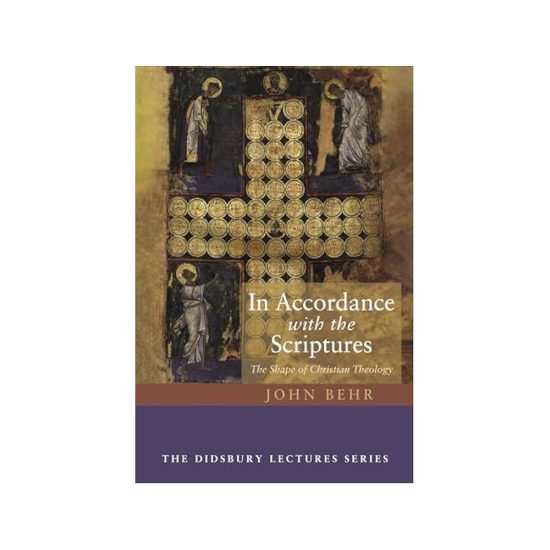What is owned by 90 percent of American homes, is a number one sales item each year, yet people know less and less about it?
Automobiles? Home computers? VCRs?
No, no and no — it’s the Bible.
Despite the importance many place on this book, even by those outside the church, studies continue to show a woeful ignorance of what’s between the covers. In 2007, a book on religious literacy gave Americans an “F” in religion (tinyurl.com/USAToday-F). A 2009 United Kingdom survey concluded that the church and politicians should not make assumptions about people’s knowledge of the Bible.
Merely attending church services is not adequate to reverse the trend. It requires personal devotion and study.
Has your church evaluated its Bible study materials lately? With both curriculum and an abundance of topical, short-term studies available, there is more opportunity than ever to appeal to everyone.
What should you look for in creating a top-notch learning environment for Bible study?
First, consider overall goals. Without regular evaluation, it is easy to slip into a “we-have-to-fill-up-this-hour” mentality. Or to focus on filling teacher slots. Public schools have achievement goals — why shouldn’t Sunday School and its leaders?
What do you want a learner to know about the Bible? At what age? What about becoming a Christian, nurturing faith and church involvement? How can lessons be applied outside the classroom?
Second, consider the environment. Most of us do not willingly seek out stark cinderblock rooms with metal folding chairs. How can you change church classrooms described as uncomfortable, cramped, noisy, smelly or hard-to-find? (Find recommended space requirements at tinyurl.com/BGCTspace.) Use non-members and a “secret shopper” approach to evaluate friendliness, class size and outreach methods.
Also, think outside the four walls and the traditional Sunday schedule. What are the benefits of meeting on other days or times? Would a restaurant or a home gathering attract those who avoid churches?
Third, what about teachers? Do you invest in them with training they want and need? Do teaching materials help them accomplish goals? Do they have adequate resources? Are they recognized and appreciated?
Finally, consider the materials themselves. As a youth, Training Union class members invariably seemed to suggest cults, sex or the book of Revelation as topics when asked for ideas. A class’ preferences and ignorance of available curriculum can limit subjects taught. Many curriculum lines use cycles to address the entire Bible and a variety of topic over time.
Using established goals, look for factors such as biblical accuracy, theology, writer background, age-appropriateness, needs, inclusiveness, continuity, effectiveness and cost. Many curriculum publishers can be found at tinyurl.com/SSpublishers. The Baptist General Convention of Texas has downloadable PDF guides for evaluating adult, youth and preschool/children's materials (search for “BGCT, evaluate literature” at Google.com). More thorough discussions can be found at tinyurl.com/SSfactors, tinyurl.com/SizingupSS and tinyurl.com/ECLA-SSideas.
Your investment in quality Bible study will be rewarded by meaningful classes, benefiting teacher and participant. It will also serve as a viable way of introducing guests into the life of the church and lead to more involvement, stronger stewardship, and greater knowledge and application of God’s word.
Ken Satterfield (ksatterfield@wordandway.org) is advertising/marketing coordinator for Word&Way and a former media specialist.






